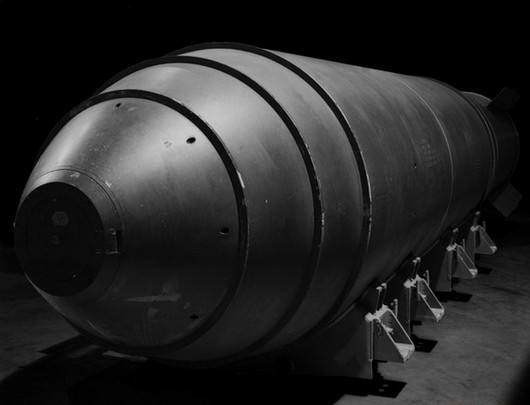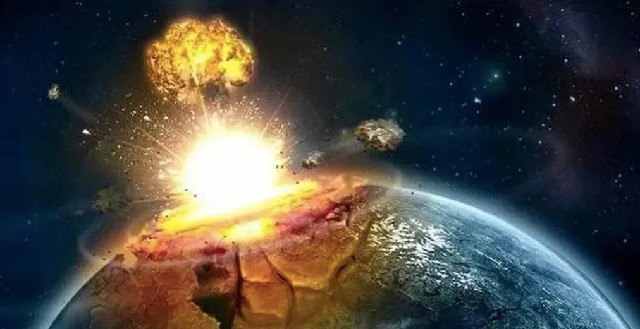Nuclear weapons are a manifestation of national strength and an underlying deterrent. As the strongest weapon on the surface, its lethality is self-evident. Because of this, although many countries are now committed to the study of nuclear weapons, no one really dares to use them at will. Countries like the United States and Russia have probably had more than a thousand nuclear bombs out of more than 3,000 for more than 70 years. In fact, nuclear bombs, like ordinary bullets, also have a shelf life. So, how long is the shelf life? What if the nuclear bomb expires?

A nuclear warhead consists of a shell, nuclear and thermonuclear charges, a detonation control system (fuze) and a power source. Although the fuel uranium 235 and plutonium 239 in the nuclear bomb have a long half-life, like other complex products, the radioactive nuclear materials and organic materials in nuclear weapons will change the state of the internal structure over time; in addition, they are affected by the external environment. Influence, its supporting high-precision mechanical and electronic devices, ballistic computers, electronic components, other metal and plastic parts, etc., no matter which part has expired, it will have an impact on the performance of the nuclear warhead, and even cause the nuclear weapon to fail to achieve its purpose. military function.
Generally speaking, the service life of a nuclear warhead is about 20 years. Specifically, of course, depends on the means of preservation of the nuclear bomb. The shelf life of US nuclear bombs is close to 30 years. Due to the better materials used in nuclear bombs, higher processing precision, and relatively longer service life.

When nuclear bombs expire, in addition to replacing and maintaining aging components through life extension activities, they can also be dismantled. The conventional explosives used for detonation in nuclear weapons are taken out, decomposed into nuclear parts and non-nuclear parts, and then the parts are recycled or destroyed. For those nuclear materials, it can also be “diluted” for use in civilian reactors, or solidified directly into landfills.
Then, after the expired nuclear bombs are destroyed, how will nuclear deterrence be maintained? Take the United States as an example, they make a plan for nuclear weapons every year. When old nuclear weapons are decommissioned, new nuclear weapons will be put into service, so as to ensure a minimum nuclear force; the same is true for Russia, which has a strong nuclear warhead research and development capability. Part of the military fee will be used for the disposal of nuclear bombs, and related parts will be maintained or replaced. Due to the high cost of manufacturing nuclear weapons, ordinary small countries simply cannot afford them. According to statistics, one-third of Russia’s annual military expenditure is used to maintain nuclear warheads, while the United States separately allocates about 40 billion US dollars as the maintenance cost of nuclear warheads.
Therefore, although nuclear weapons have great deterrent power, they are “gold swallowers” for all countries in the world, and countries whose economic strength does not allow it are even more difficult to play. It is no wonder that Ukraine, which once inherited nearly 2,000 nuclear bombs from the Soviet Union, directly destroyed it all.



GIPHY App Key not set. Please check settings